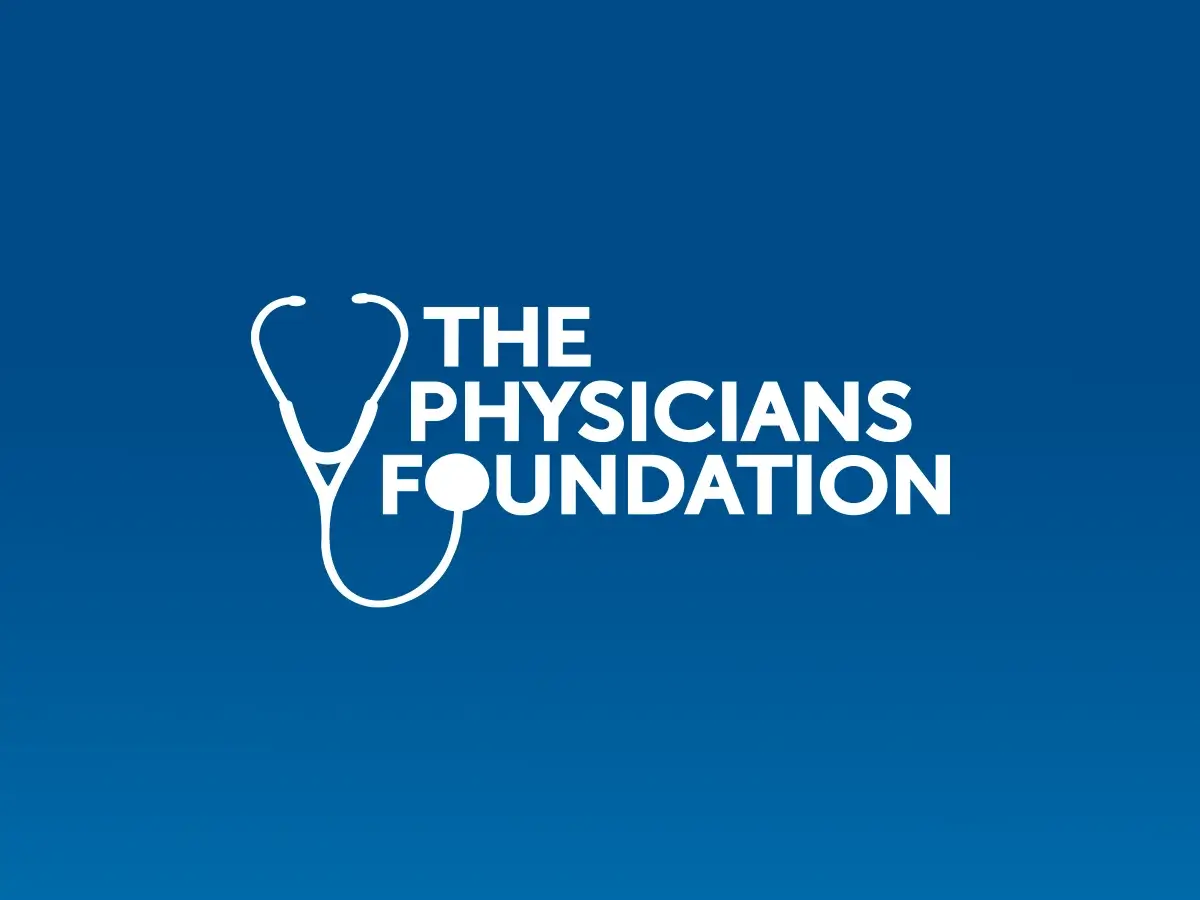
Interactive Workforce Model Will Bring Invaluable New Data and Insight to Physician Shortage Debate
New Online Model Offers Timely, Customizable Projections of How Physician Supply Will Match Future Use of Healthcare Services at Local, State and National Levels
Boston, MA, July 30, 2014 – As the nation grapples with growing physician shortages across the country, The Physicians Foundation and the Cecil G. Sheps Center for Health Services Research at The University of North Carolina-Chapel Hill (UNC) today launched a new innovative tool to help policy makers, physicians and health systems better plan where to practice and what type of practitioners will be needed in order to meet the growing utilization of healthcare in the United States.
The FutureDocs Forecasting Tool is an interactive, user-friendly, web-based model that estimates the supply of physicians, use of physician services, and capacity of the physician workforce to meet future use of health services at the sub-state, state and national levels.
It is a significant advance in workforce modeling because it is based on the concept of plasticity – the idea that physicians in different specialties have overlapping scopes of practice. Plasticity takes into account the multiple configurations of physicians able to meet patients’ needs for care. The majority of current national workforce models focus on silo-based projections by physician specialty.
“It’s important to recognize that the national dialogue about physician supply has been narrowly focused until now,” said Erin Fraher, Ph.D., leader of the development team at the Program on Health Workforce Research and Policy, part of the Cecil G. Sheps Center for Health Services Research at UNC-Chapel Hill. “Using the number of physician specialists in a region as a sole indicator of how well patients’ needs will be met in the future is neither accurate nor useful. Instead, we need to emphasize how alternative combinations of physicians can provide the needed services in a market area.”
The tool, which was funded by a grant from The Physicians Foundation, a national nonprofit that seeks to advance the work of practicing physicians and facilitate the delivery of healthcare to patients, is designed to engage policy makers, clinicians and health system executives to better understand and address the imbalances in the supply and distribution of physicians.
“The Physicians Foundation has been closely monitoring the issue of physician manpower since 2005,” said Alan Plummer, MD, Physicians Foundation Vice President and chairman of the Grants committee. “Now, more than ever, as the implementation phase of the Affordable Care Act continues and shifting U.S. population demographics and growth persist, we need up-to-date projections to develop practical solutions to address patient access issues.”
Model Functionality
The online application of the model can be customized to display how shortages or surpluses for many types of services at state and sub-state levels will change between 2011-2030. These projections can be adapted to take into consideration different policy scenarios. For instance, the user will be able to adjust for state adoption of insurance exchanges and Medicaid expansion provisions, physician retirement rates, changes to the number of patient care Full-Time Equivalents (FTEs), redistribution of Graduate Medical Education (GME) slots, and the use of nurse practitioners and physician assistants.
A unique aspect of the FutureDocs Forecasting Tool that separates it from previous models is the inclusion of clinical feedback in its creation. The developers at UNC actively sought and incorporated input from physicians and hospital systems across the country. Feedback from medical associations and individual physician researchers led to discoveries on how to frame the supply side of the model better. This direct insight helped to inform a more realistic understanding of how care is delivered, which ultimately led to a more real-world projection of physician supply and demand.
Key Findings
The model indicates that there are shortages of selected specialists and combinations of specialties in some areas of the nation, but redistributing the current supply of practitioners or influencing their pathway into practice can provide the physicians the nation needs.
Findings include:
- The number of pediatric surgery patient care FTEs is projected to double from 2011 to 2030, with growth occurring throughout most of the country. This finding contrasts with current concerns about a pediatric surgeon shortage.
- General internal medicine in the U.S. is projected to experience a 12 percent decline in patient care FTEs between 2011 and 2030.
- Between 2014 and 2030, population growth and aging will be more significant contributors to rising healthcare use than the Affordable Care Act’s health insurance coverage expansion.
- By 2030, many specialties that were previously majority male will become over 50 percent female.
- The number of mental health visits exceeds provider capacity in the majority of areas in 2011, and these geographic disparities become more pronounced by 2030.
“This model is not intended to provide a single right answer to address physician shortages,” said Dr. Fraher. “Our hope is that the FutureDocs Forecasting Tool will reframe how people think about physician supply and demand, and that the data each customized criteria selection yields will help educate and engage stakeholders to create actionable workforce policy at the local and national levels.”
“As a Foundation we are committed to providing healthcare providers and policy leaders with the information and tools to help them meet current and future needs of all patients,” said Lou Goodman, Ph.D., president of The Physicians Foundation and chief executive officer of the Texas Medical Association. “This innovative model is a game-changer in the current conversation about physician shortages, and will provide invaluable insight into what is needed to address one of the most pressing challenges facing our healthcare system.”
To explore the FutureDocs Forecasting Tool and learn more about the functionality of the model, visit https://www2.shepscenter.unc.edu/workforce/index.php.
